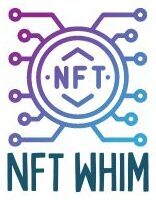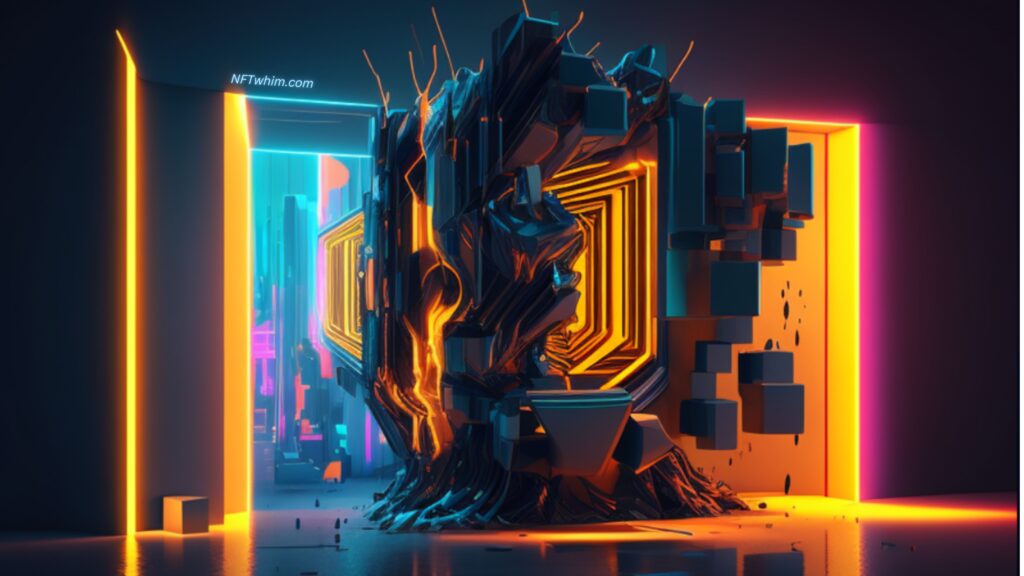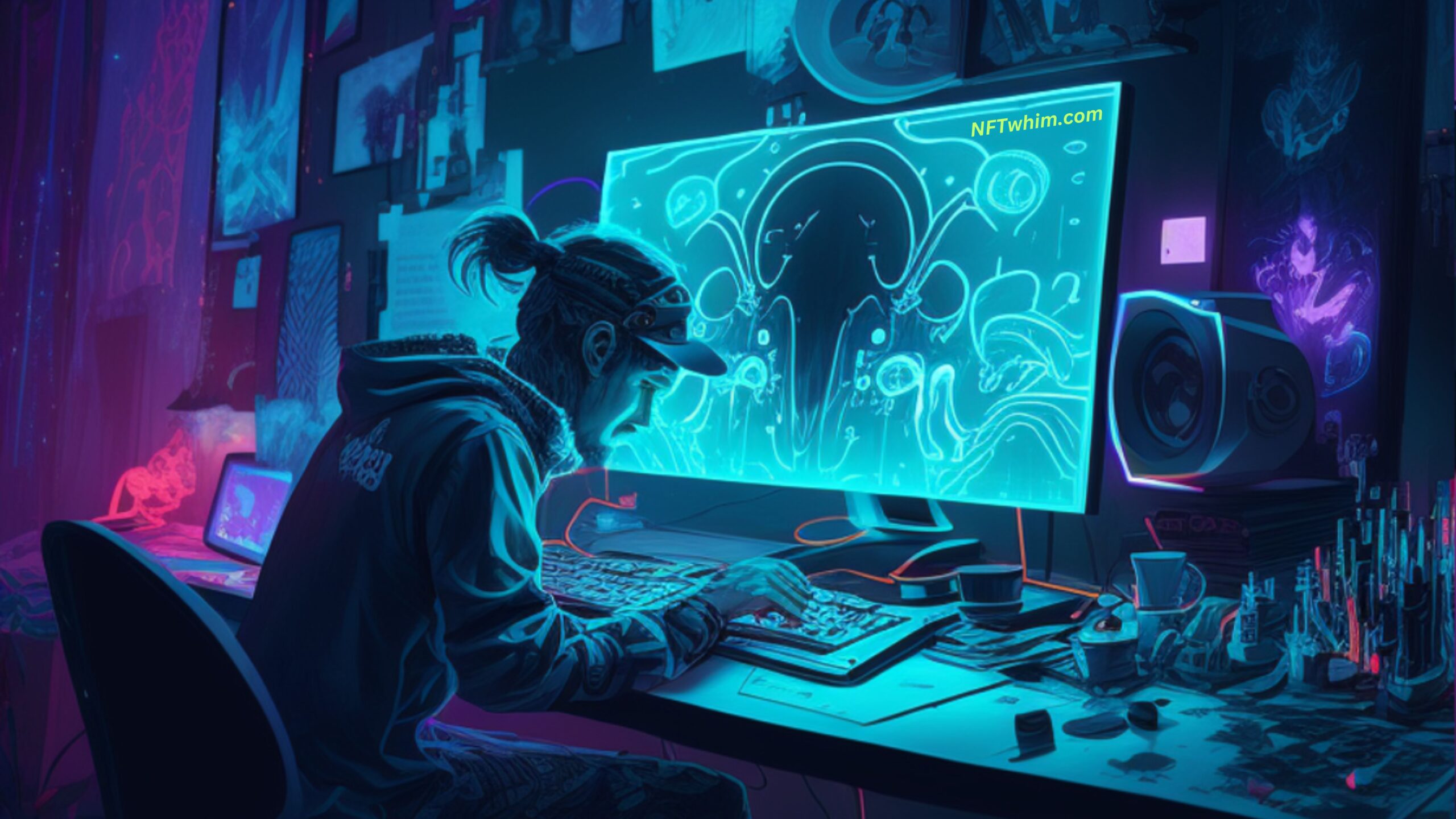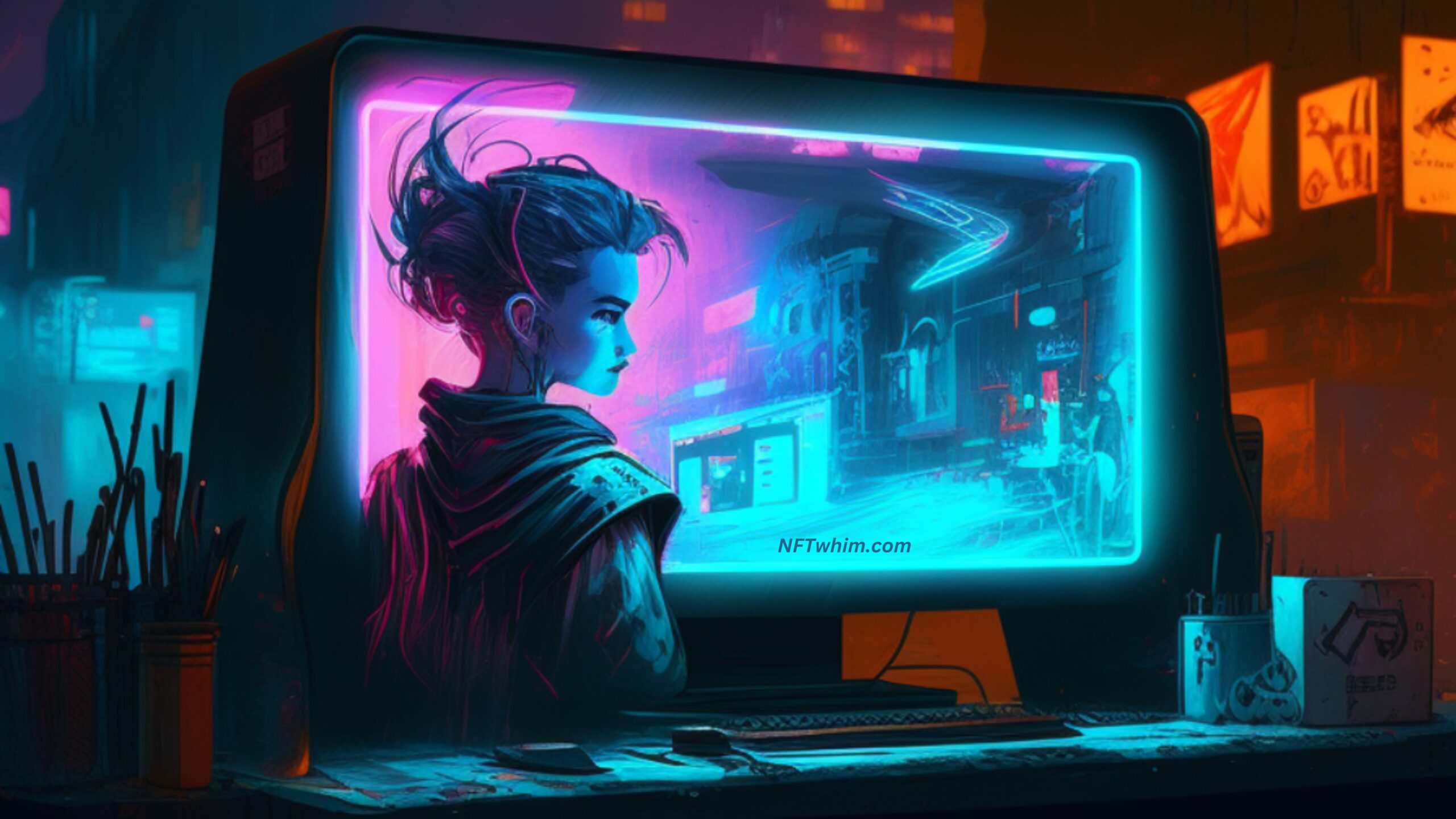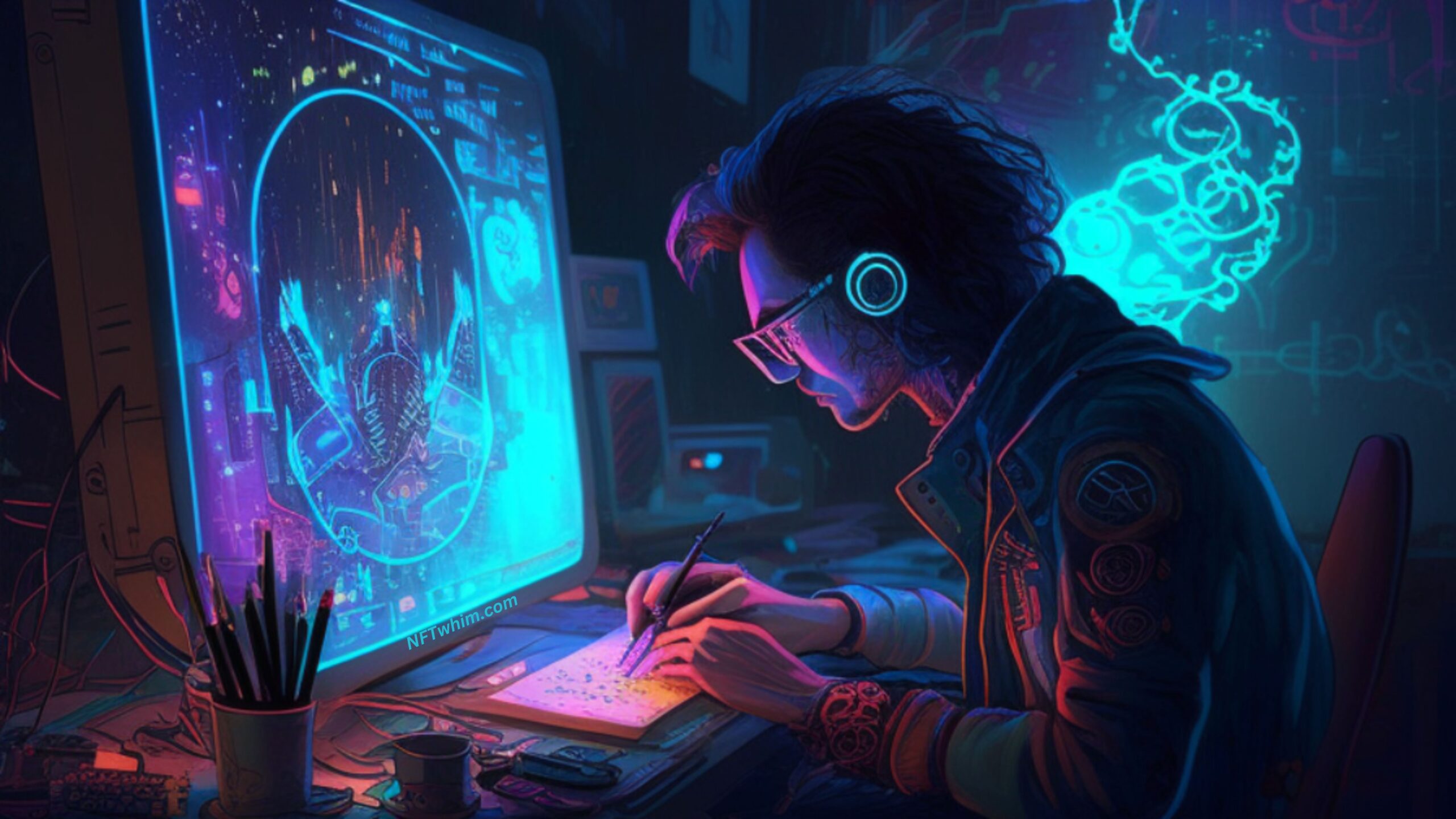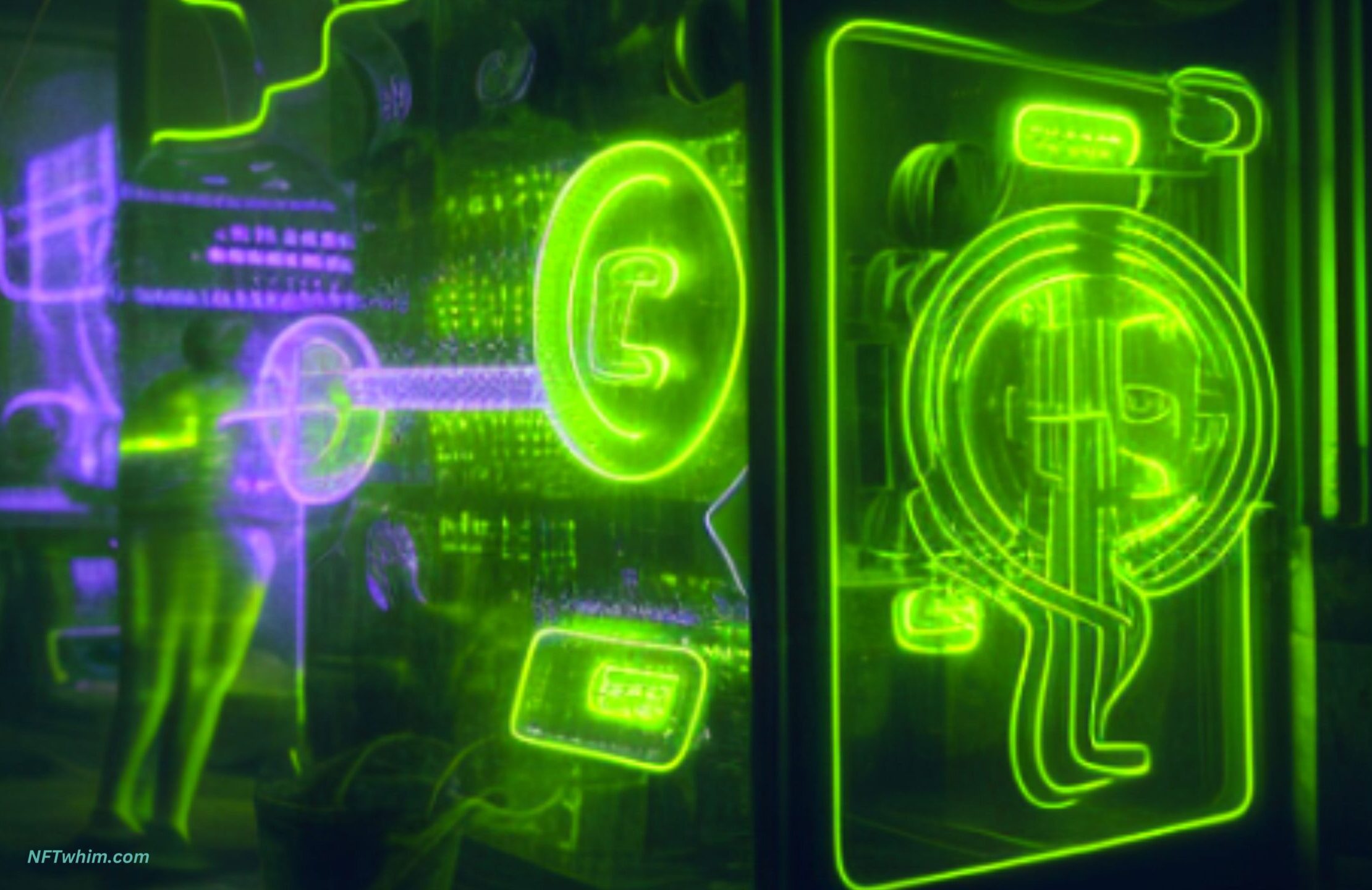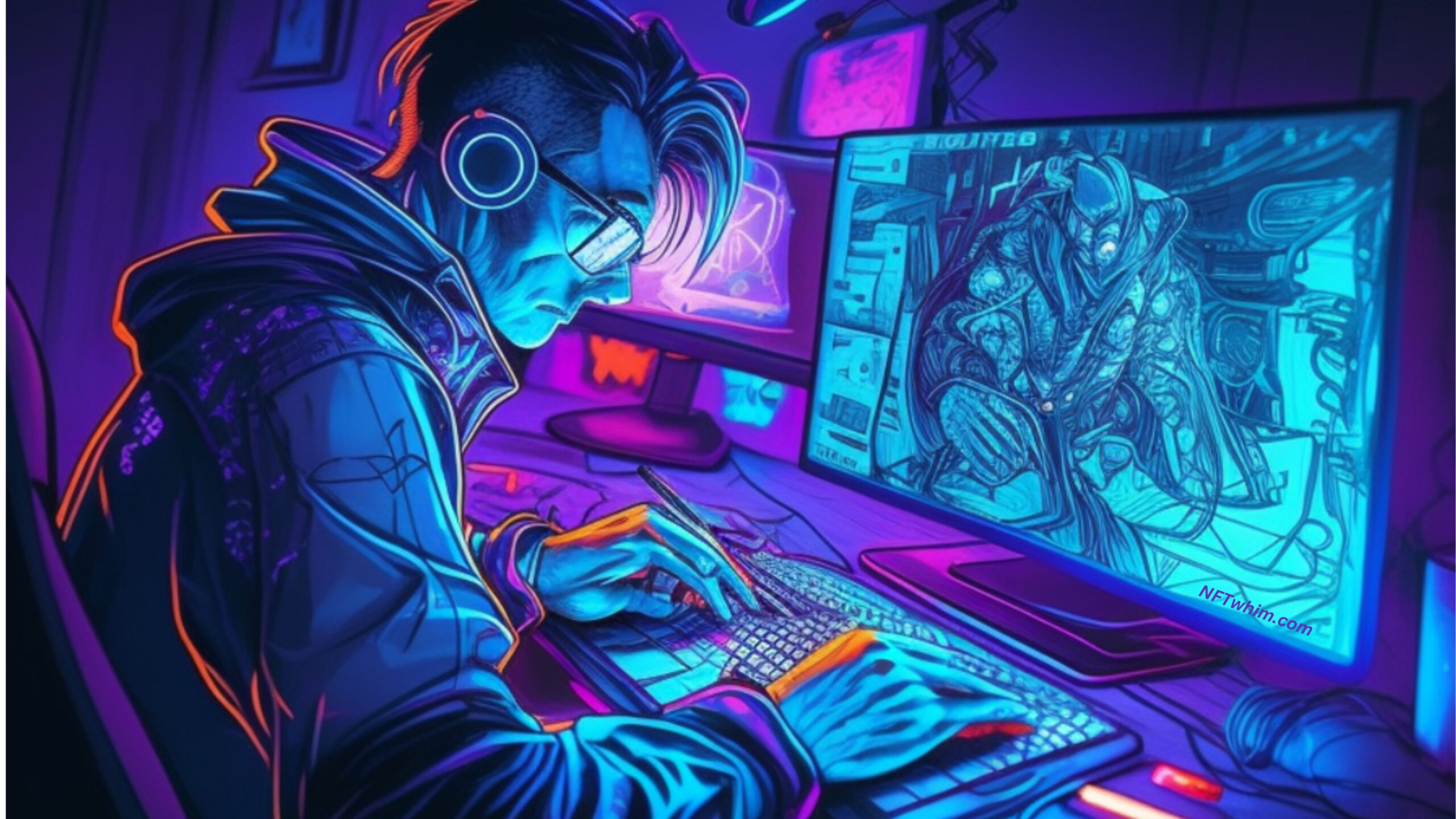NFTs, or non-fungible tokens, have exploded in popularity over the last years. They’re unique digital assets that can be bought, sold, and traded like traditional art. However, unlike traditional art, NFTs exist solely in the digital realm, making them accessible to anyone with an internet connection. And now, with the rise of 3D NFTs, the possibilities for digital art are even more exciting. If you’re interested in creating your own 3D NFTs, you’re in luck. In this beginner’s guide, we’ll take you through the steps of creating a 3D NFT from start to finish.
To create a 3D NFT, you must first choose an NFT platform, such as Opensea, and create a cryptocurrency wallet. Thereafter, you need to select a 3D modeling software, such as Blender. After creating a 3D model, you have to convert it to an NFT by “minting” it and uploading it to the chosen marketplace. For this, you need to use a suitable file format, such as OBJ, FBX, STL, or GLB. Thereafter, you should list the NFT for sale at the marketplace, at a fair price. Finally, it is a good idea to promote the 3D NFT collection on social media and online communities, to attract potential buyers.
Let’s dive into the details now!
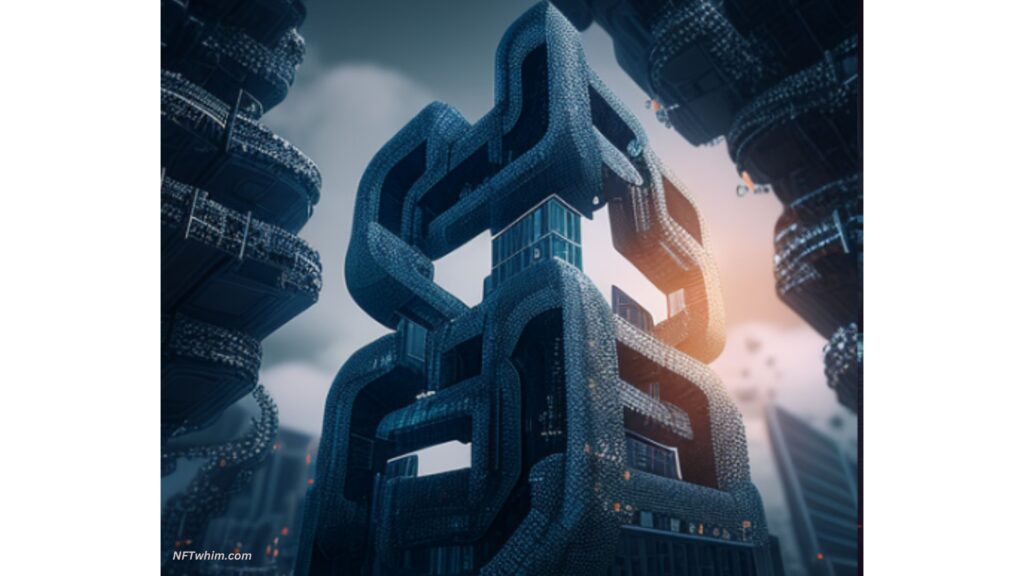
But before we start, you might also be interested in this comprehensive resource on how to become a prosperous NFT artist in any field.
What are 3D NFTs?
3D NFTs, or three-dimensional non-fungible tokens, are digital assets that are three-dimensional space and are unique and non-interchangeable. They are a type of NFT that can be bought, sold, and traded on various NFT marketplaces, just like traditional NFTs.
3D NFTs are created using 3D modeling software, and they can range from simple objects to complex and detailed scenes.
Unlike traditional art, 3D NFTs can (but does not have to) be experienced in a fully immersive way, making them a fascinating and exciting form of digital art. With the rise of virtual reality and other immersive technologies, 3D NFTs are becoming an increasingly important and valuable part of the NFT ecosystem.
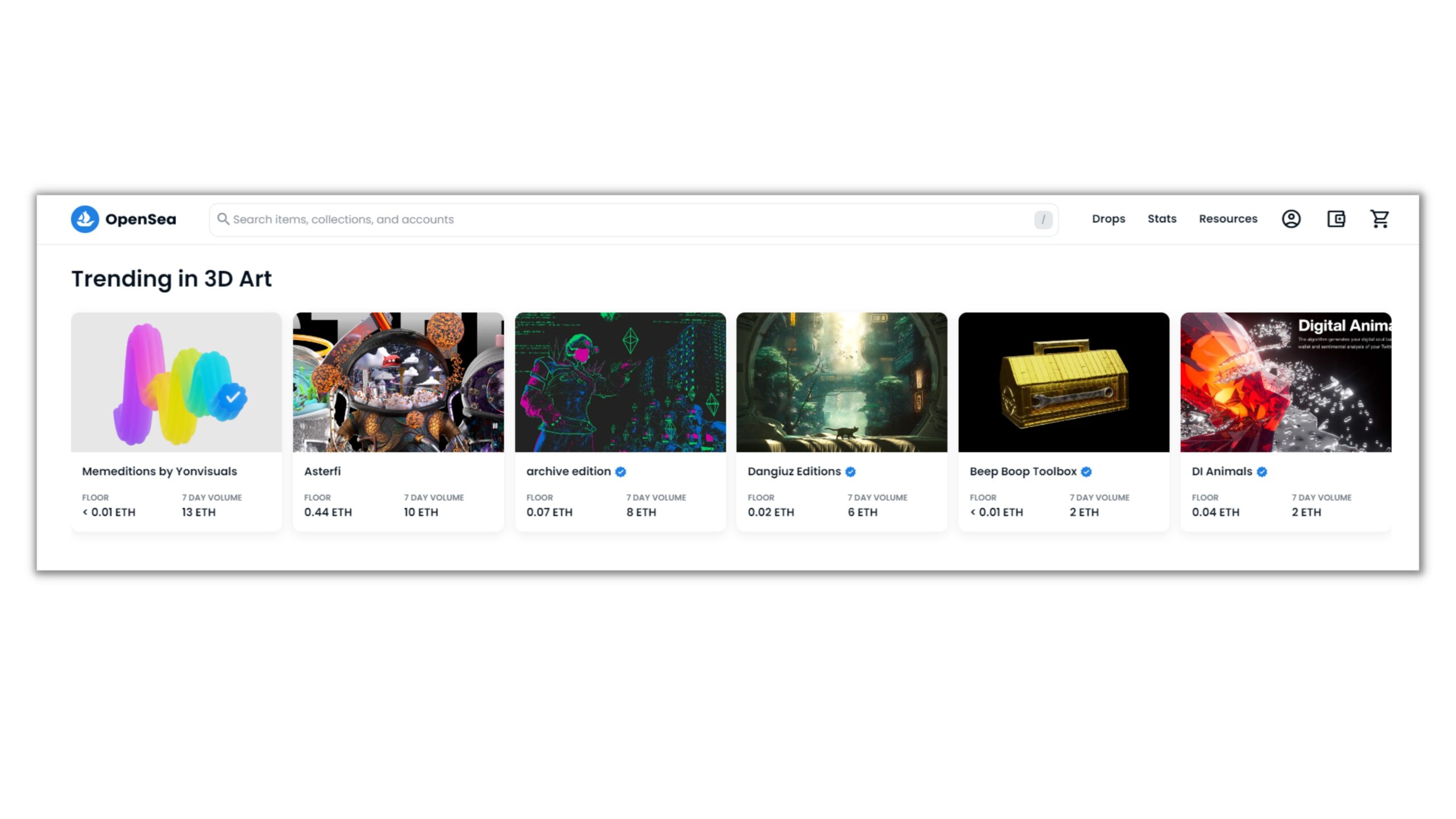
Getting Started with 3D NFTs
The first step in creating a 3D NFT is to choose a platform. There are many NFT marketplaces to choose from, each with their own strengths and weaknesses. Some of the most popular platforms include OpenSea, Nifty Gateway, and SuperRare. Do some research to find the platform that best suits your needs.
Once you’ve chosen a platform, you’ll need to create a wallet. A wallet is where you’ll store your cryptocurrency, which you’ll need in order to purchase and sell NFTs. Most NFT marketplaces support a variety of cryptocurrencies, but the most common are Ethereum and Bitcoin.
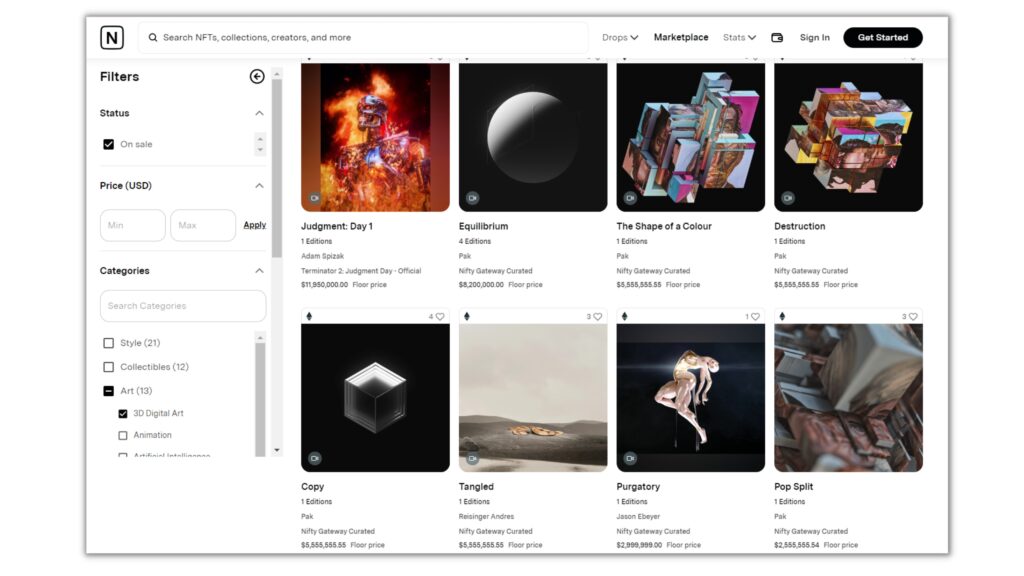
Creating 3D Models (and choosing software)
Now that you’ve chosen a platform and created a wallet, it’s time to start creating your 3D models. There are many software options to choose from, including Blender, Maya, and Cinema 4D. If you’re new to 3D modeling, Blender is a great place to start – it’s free and has a large community of users who can help you get started.
Once you’ve chosen your software, it’s time to start creating your model. This is where things can get a bit tricky, especially if you’re new to 3D modeling. The key is to start small and work your way up to more complex models. There are plenty of tutorials available online to help you get started.
When creating a 3D model for an NFT, it’s important to keep in mind that the model will be viewed on a computer screen. This means that you’ll need to pay close attention to the lighting and texturing of your model to ensure that it looks great in a digital environment.
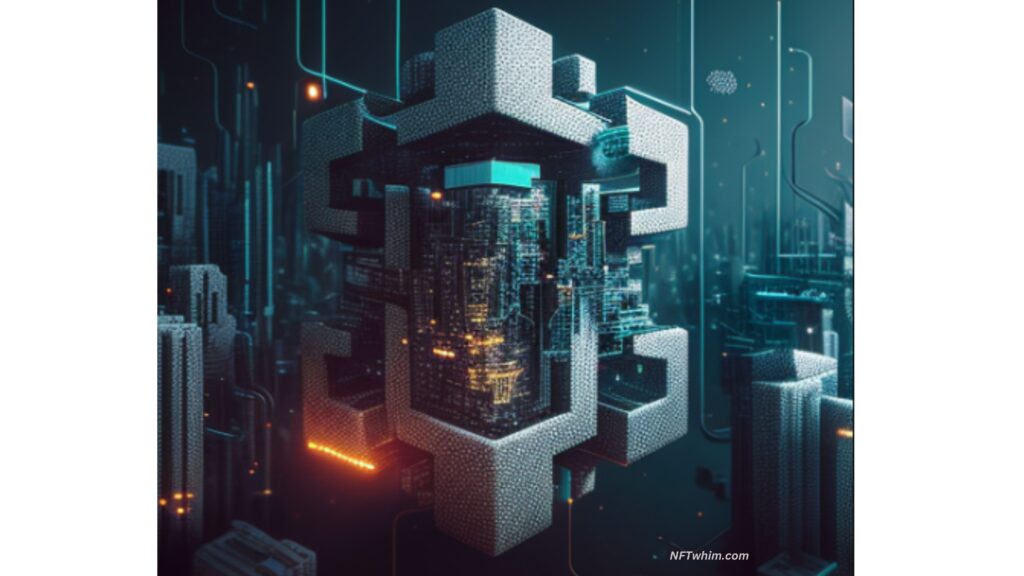
Converting the 3D model to NFT
Once you’ve created your 3D model, it’s time to convert it to an NFT. This is where your chosen NFT marketplace comes into play. Each platform has its own process for creating and selling NFTs, so be sure to read the instructions carefully.
The first step in converting your 3D model to an NFT is to choose a marketplace. As we mentioned earlier, there are many platforms to choose from, each with their own strengths and weaknesses. Some platforms are better for selling one-of-a-kind pieces, while others are better for selling a large quantity of NFTs. However, an all-round platform that covers most needs is Opensea, the largest NFT marketplace as of today.
Once you’ve chosen a marketplace, you’ll need to upload your 3D model. This is where you’ll need to pay close attention to the file format and size requirements of your chosen platform. Most platforms support common 3D file formats like OBJ, FBX, STL, and GLB but be sure to double-check before uploading your model.
When uploading your model, you’ll also need to set a price. This is where things can get tricky – you’ll want to set a price that’s fair to you, but also one that’s reasonable for potential buyers. Do some research to see what similar NFTs are selling for on your chosen marketplace.
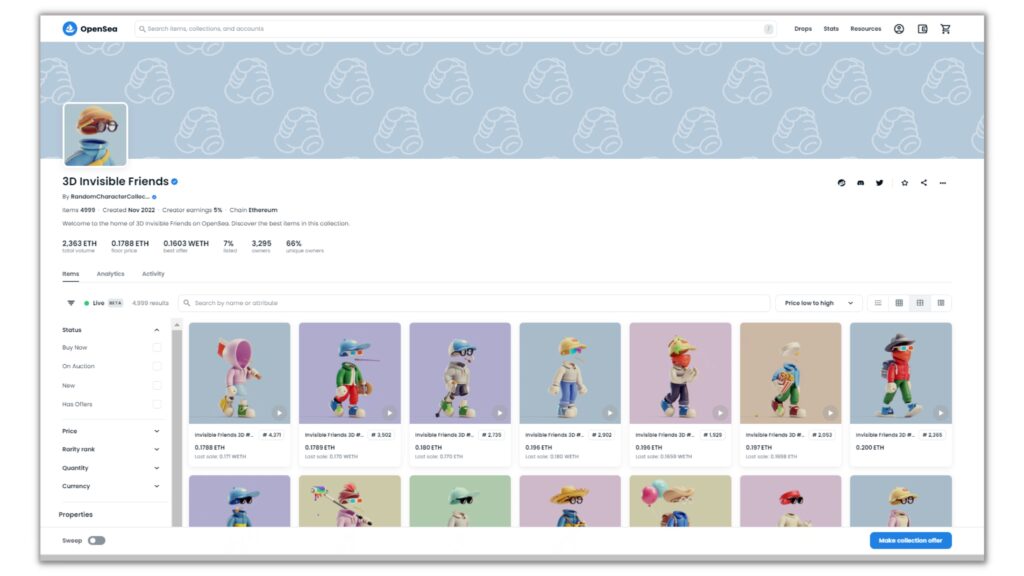
Promoting Your 3D NFT
Congratulations! You’ve successfully created and uploaded your first 3D NFT. Now comes the fun part – promoting your work.
There are many ways to promote your 3D NFTs, but social media is a great place to start. You can post your NFTs on platforms like Twitter, Instagram, and TikTok to reach a wider audience. Be sure to use relevant hashtags to make it easier for people to find your work.
Another great way to promote your 3D NFTs is by joining online communities. Discord and Reddit are both great places to find like-minded individuals who are interested in NFTs. Joining these communities can help you get feedback on your work and connect with potential buyers.
Finally, don’t be afraid to collaborate with other artists. NFT marketplaces like SuperRare and KnownOrigin often host collaborative projects where multiple artists come together to create a single NFT. Collaborating with other artists can help you reach a wider audience and create something truly unique.
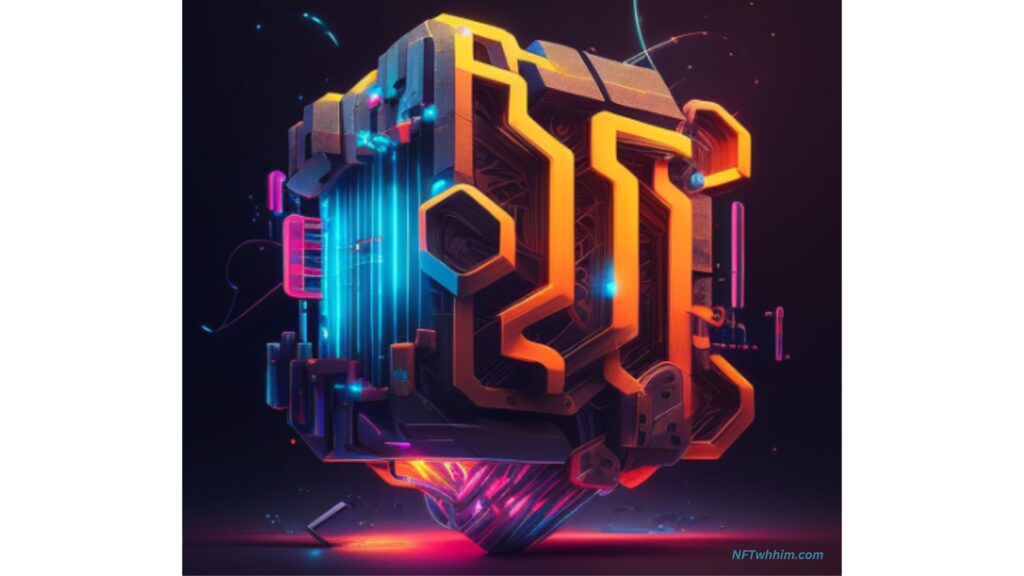
Final Words
Creating 3D NFTs can seem intimidating at first, but it’s easier than you might think. By following the steps outlined in this guide, you can create and sell your own digital art in no time.
As the world becomes increasingly digital, the potential for 3D NFTs is only going to grow. Who knows – your 3D NFTs could become the next big thing in the world of digital art. So what are you waiting for? Start creating today!
Robin
Author: Robin Olsson
Author Bio: I’m Robin and on this website, I share everything I’ve learned since getting into NFTs in 2021. I have a background in research and I’ve been in crypto for several years. You can read more about me here.
